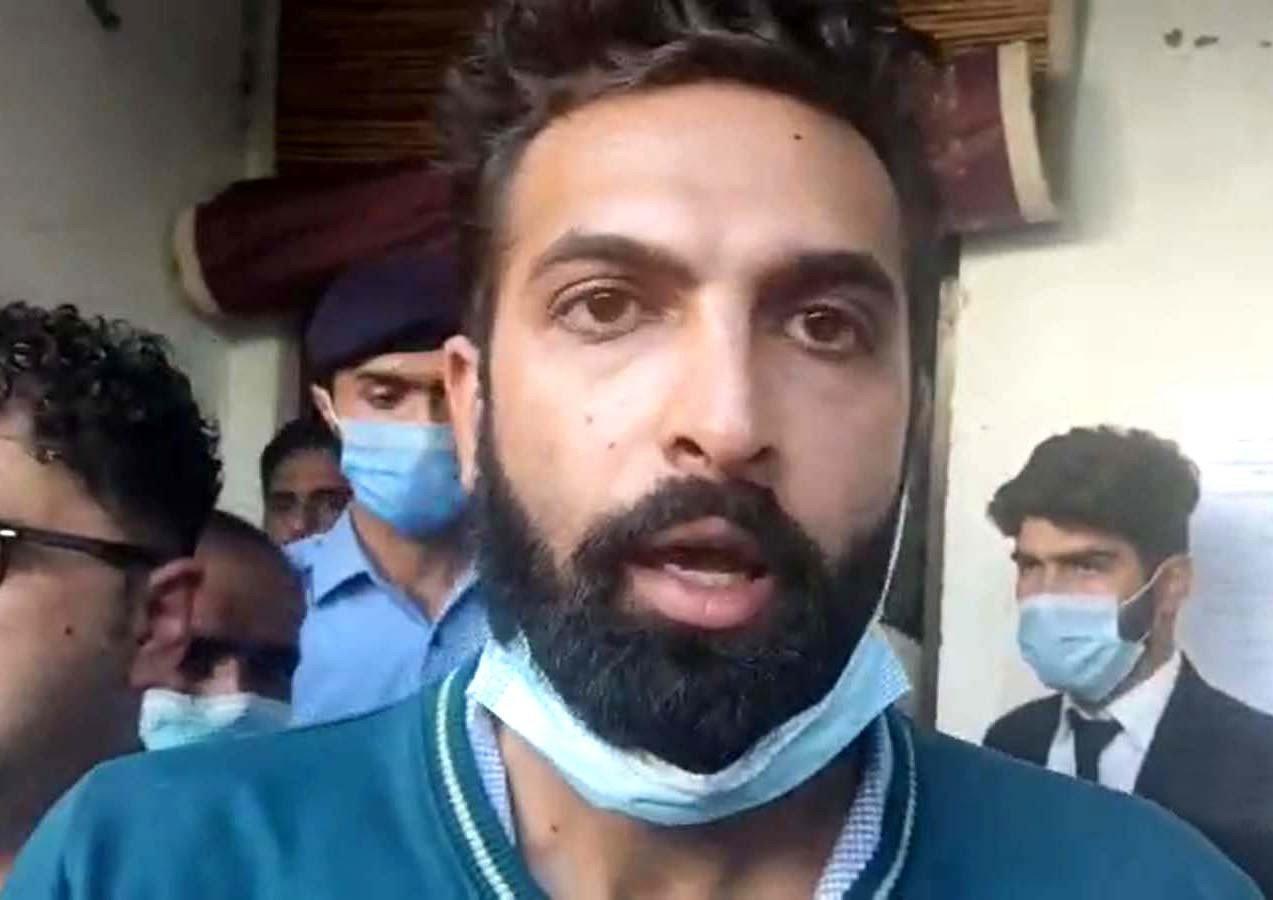The Supreme Court of Pakistan has published its detailed written verdict in the murder of Noor Mukadam, confirming the death sentence of the condemned Zahir Jaffer.
The judgment extends over 13 pages and reiterates the position of the court according to which Jaffer, who was found guilty of the brutal murder, is “a ruthless killer” and “not worthy of sympathy”.
According to the verdict, the Supreme Court confirmed the decisions of the two lower courts, qualifying them correctly and unanimous. A key element of the court reasoning was based on the theory of silent witnesses – a legal principle which makes it possible to accept video evidence even in the absence of an eyewitness.
Read: ‘It’s for every woman’
The court noted: “Authentic images can serve as self -sufficient evidence, and videos or recorded images can be presented as a testimony.”
The Supreme Court pointed out that the images obtained by a reliable system could be eligible in itself, citing a precedent in a bank flight affair where the video sequences were accepted without any eyewitness. He added that the American courts have largely recognized the principle of the silent witness.
In the case of Jaffer, the court noted that video surveillance images, DVR and hard drive were all forms of eligible evidence. The court said that there was no indication of falsification in video recordings, the accused’s identification was exact and the DNA report confirmed rape.
The murder weapon was also noted to have the victim’s blood.
The verdict observed: “The condemned person provided no explanation for the presence of Noor. Digital evidence is now considered a main testimony. If video surveillance images meet defined standards, no additional verification is necessary. ”
In addition, the court confirmed Jaffer’s death sentence for murder but converted his sentence for rape to life imprisonment. He was acquitted from the accusation of kidnapping, while his sentence to illegally confine Noor was maintained.
The Supreme Court also judged that the sanctions for the co-accused Muhammad Iftikhar and Muhammad Jan would be held. However, in a demonstration of leniency, he ordered their release on the grounds that they had already served enough time.
The judgment concluded with a note that judge Ali Baqar Najafi would add an additional note to the verdict.
Find out more: “ Noor was kept in captivity for 3 days ”
Noor, 27, was brutally assassinated on July 20, 2021 in a residence in the F-7/4 sector in Islamabad. A FIR was deposited on the same day, leading to Jaffer’s arrest on the crime scene.
In February 2022, a district and sessions court presented Zahir the death penalty for murder and sentenced him to 25 years of rigorous imprisonment for rape. Two members of domestic staff, Mohammad Iftikhar and Jan Mohammad, were each sentenced to 10 years in prison for their involvement.
The parents of Zahir, Zakir Jaffer and Asmat Adamji – both of the eminent turnover – were charged in October 2021 but acquitted later. Similarly, six employees of Therapy Works, who arrived on the scene before the police, were also authorized for the accusations of the Court of First Instance.
Find out more: Noor Mukadam’s killer claims madness
Previously, a bench of three members led by judge Hashim Kakar and including the Ishtiaq judges Ibrahim and Ali Baqar Najafi, had rejected Jaffer’s call.
The court confirmed the previous decision of the High Court of the High Court of Islamabad, who had confirmed the verdict of the death penalty of the court of first instance and replaced the prison sentence of Zahir for rape with an additional death penalty.
During these hearings, Jaffer’s defense lawyer, Salman Safdar, argued that the accusation affair was based strongly on video surveillance images and DVR recordings.
He questioned the chain of custody of digital evidence and argued that the images could not be considered conclusive without complete verification. His objections included the assertions that the images, when they were presented at the IHC on a USB, could not be played and should therefore not be considered as final evidence.
Despite these arguments, the Supreme Court judged the digital evidence reliable and legally eligible.




